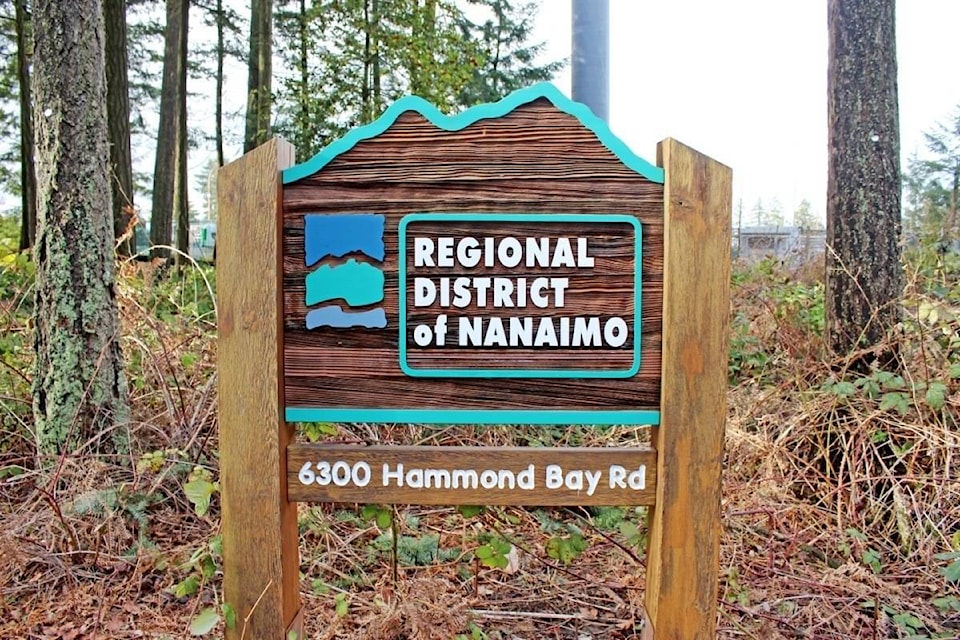The Regional District of Nanaimo will put its plans in operation.
Earlier this month, Regional District of Nanaimo directors endorsed a 2017 operational plan connecting strategic priorities with service goals.
The document outlines 77 primary strategic priority actions and 166 related actions to be undertaken between now and 2021. It was presented at a committee of the whole meeting March 14 at the regional district office.
“The intent of the operational plan is to address four questions,” said Tyler Brown, the regional district’s intergovernmental liaison. “Where are we now, where do we want to be, how do we get there and how do we measure our progress?”
Chris Midgley, the region’s manager of asset management, said the operational plan priorities come from collaboration between senior staff and directors, board motions and adopted plans, departmental work plans, internal services review and provincial and federal regulatory requirements.
“The strategic plan is the highest-level plan for the organization and this particular plan was very much developed by the board and intended to guide us,” Midgley said.
The priorities are categorized into five strategic focus areas: governance, service and organizational excellence, relationships, economic health and environment. Fifty-one priorities fall into the service category.
Examples of some of the 77 priorities include: water, wastewater and landfill capital projects; developing a regional parks and trails master plan; implementing a 5,000-hour transit expansion; looking at transit improvements for Cinnabar-Cedar; designing bridge and trail work for Morden Colliery Regional Trail; providing financial support to Snuneymuxw First Nation for a sport court on reserve No. 4; renewing an agreement with Nanaimo Search and Rescue Society; and developing a community wildfire plan for South Wellington, Cassidy and Cedar.
The action items in the plan slated for 2017 have already been factored into the regional district’s budget for the coming year.
Jim Kipp, a Nanaimo director, took issue with referring to the document as the RDN’s highest-level plan, suggesting it’s more about philosophy and noting it doesn’t contain any dollar figures.
“I’m wishing each of these actions had a cost and a budget relation to it…” Kipp said. “For me, when 100 things are put in front of me, I like to know what they cost.”
Ian Thorpe, another Nanaimo director, said the plan is easy to read and understand.
“It shows us exactly where we’re at with each of our initiatives and strategies and how they relate to each other, so I’m very impressed and I think this will be a very valuable tool as we move forward,” he said.
Bob Rogers, Nanoose Bay director, noted that the operational plan is a “living document” that will be reviewed twice a year and can be updated.
“I’m looking forward to September already when we will have a chance to take a look at the progress,” he said.
The operational plan can be found at www.rdn.bc.ca.
greg.sakaki@nanaimobulletin.com
